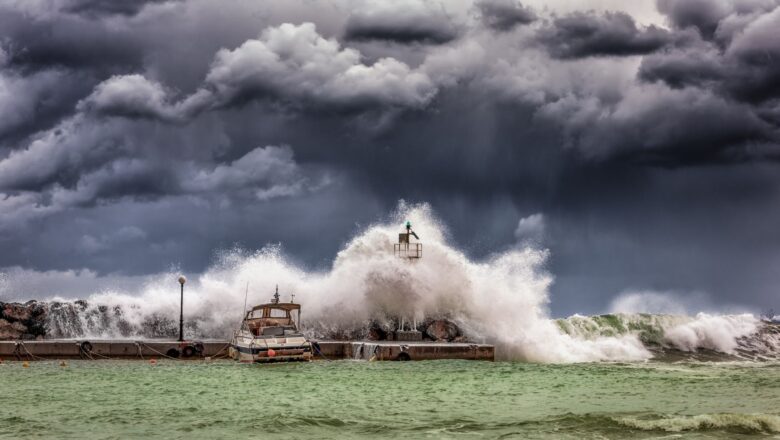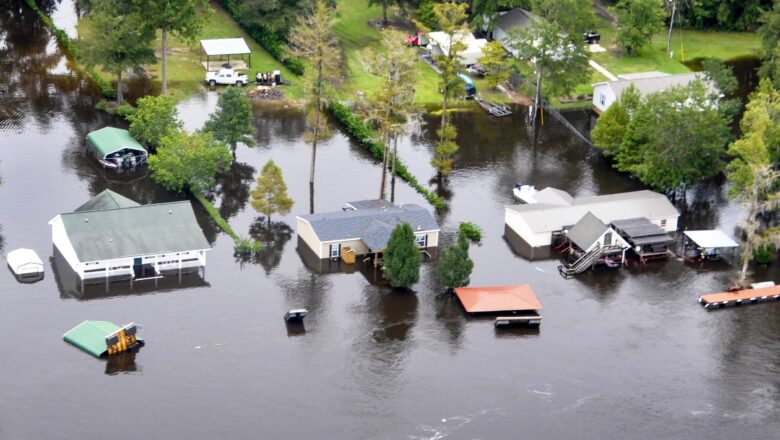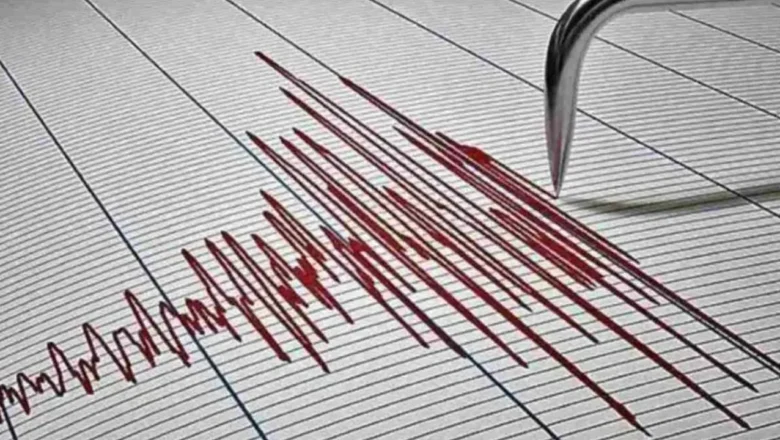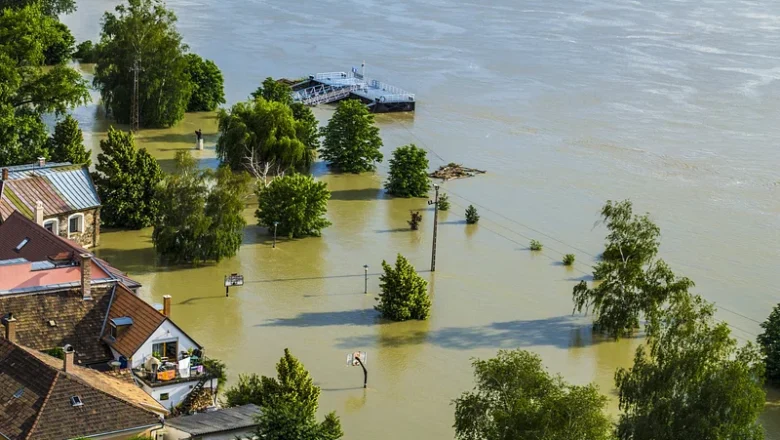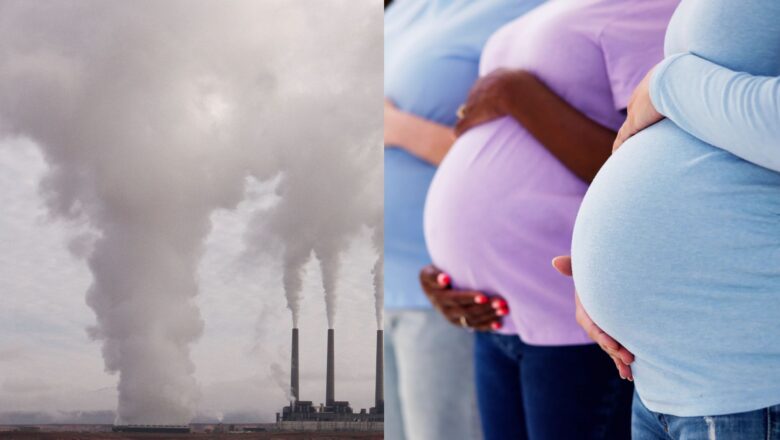
Climate & Maternal Health Curtin Study Links Air Pollution to Prolonged Pregnancy
New research from Curtin University reveals that exposure to outdoor air pollution and extreme temperatures during pregnancy may increase the risk of prolonged pregnancies, offering fresh insights into the effects of climate change on maternal health.
The study, which analyzed nearly 400,000 births in Western Australia, found that higher exposure to fine particulate air pollution (PM2.5) and biothermal stress a combination of temperature, humidity, wind speed, and human physiology was linked to pregnancies lasting beyond 41 weeks.
Dr. Sylvester Dodzi Nyadanu, the study’s lead author from Curtin’s School of Population Health, explained that while preterm births have been studied extensively, this is the first research to explore the impact of environmental factors on prolonged pregnan...

